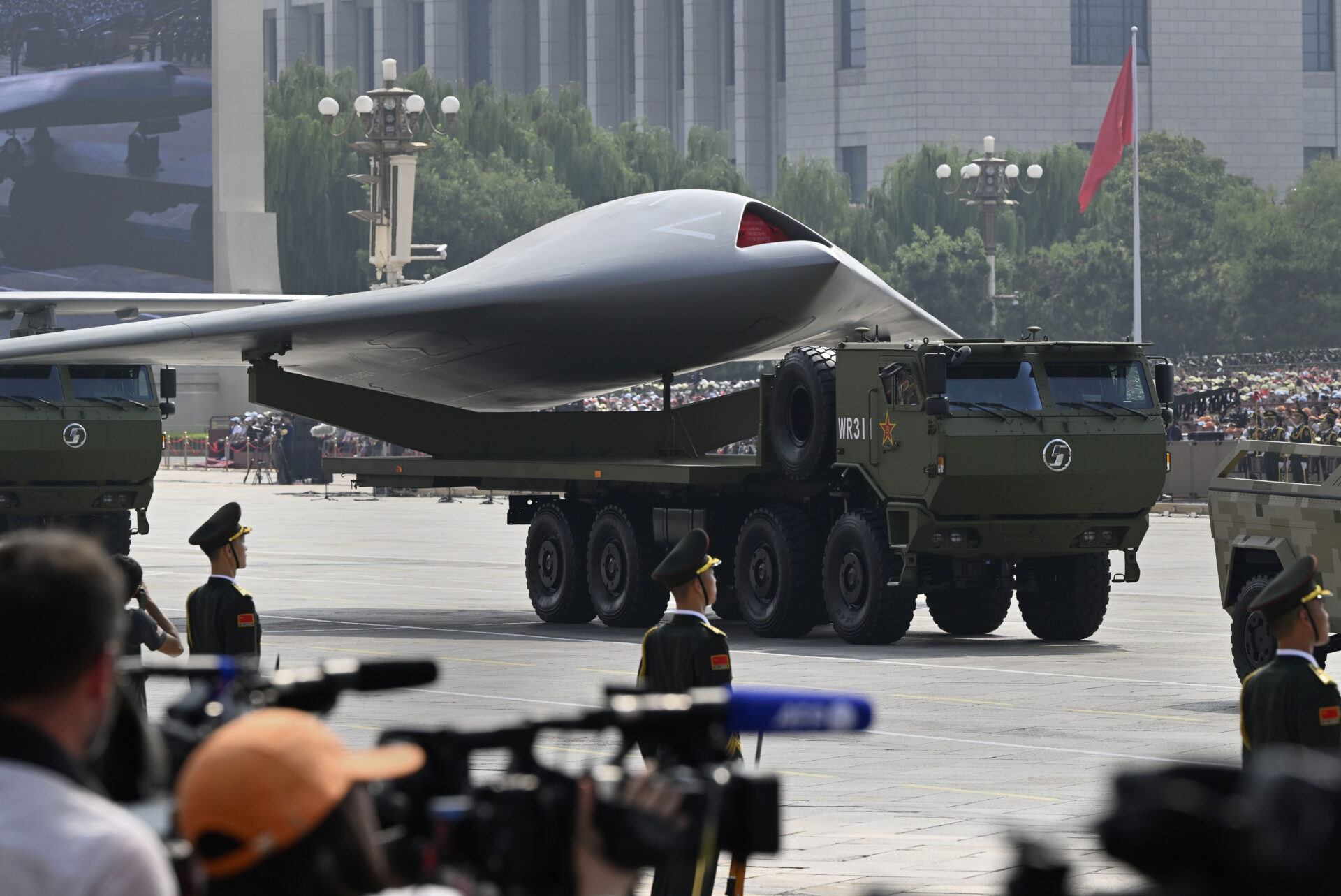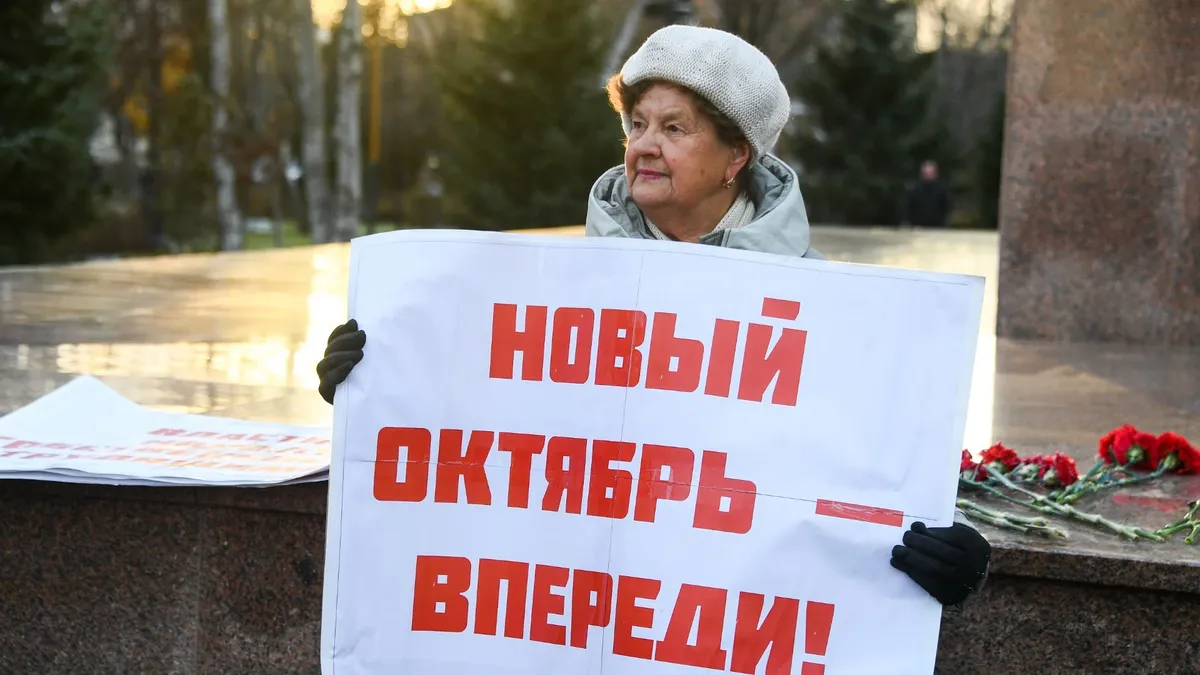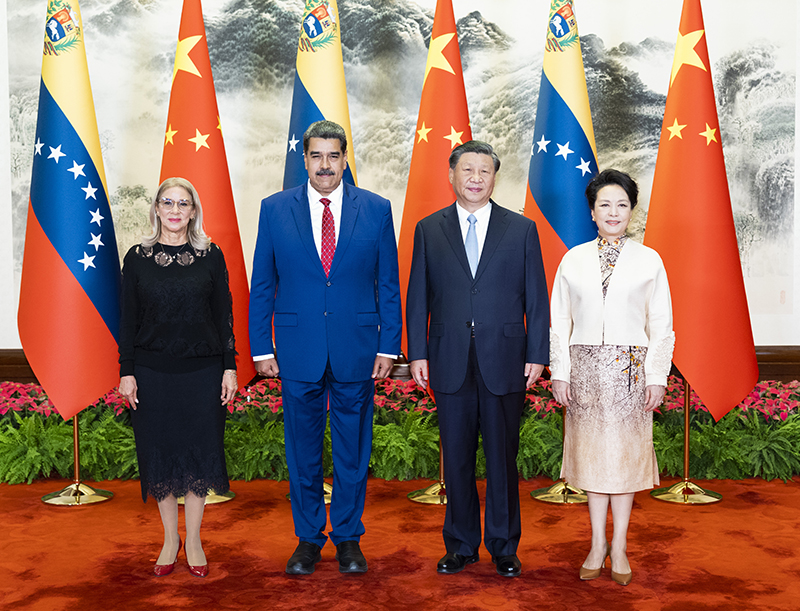RUSSIAN BOMBERS APPROACH ALASKA.
RUSSIAN BOMBERS APPROACH ALASKA.
The Russian Defense Ministry expressed “surprise and regret” over the weekend following an incident in which U.S. fighter jets scrambled to intercept Russian bombers headed toward Alaska. U.S. Air Force officials said on September 18 that a pair of Russian Tu-95MS “Bear-H” bombers had shown up on radar screens the night before. The Russian aircraft were at that point only about 200 miles–less than a 30-minute flight–from the Alaska coast. U.S. F-15 fighters were dispatched from the Elmendorf Air Force base in Alaska to confront the Russian aircraft, but the long-range bombers reportedly turned south well before crossing into U.S. airspace and while still some 90 miles away from the approaching U.S. fighters. Although the Soviet Union regularly sent bombers to probe U.S. defenses around Alaska during the Cold War period, last week’s incident was the first of its kind since March 1993.
In Moscow, meanwhile, a Defense Ministry spokesman said that the Russian bombers had never entered U.S. airspace and complained that they should not have been intercepted by the U.S. aircraft. The same spokesman was quoted as saying that the Russian Air Force regularly tracks NATO reconnaissance aircraft flying along Russia’s borders, but does not move to intercept them. U.S. Air Force officials had earlier conceded that the Russian aircraft had stayed in international space. They said that the bombers had, however, entered into an “outer defense identification zone” about two hundred miles off the Alaska coast, and that was the reason for the intercept (AP, Reuters, Russian agencies, September 18).
Last week’s event was reminiscent of an incident in June of this year when, as part of a large-scale military exercise, the Russian high command sent two pairs of strategic bombers along the coastlines of Iceland and Norway. That unexpected probing of NATO defenses–also the first to have occurred in that region for many years–prompted both the United States and Norway to scramble fighter jets in response. U.S. government officials later downplayed the incident as a militarily insignificant event, and said that they would not raise the issue with Moscow (see the Monitor, July 2, 6).
The June incident nevertheless raised eyebrows in Western capitals, where it was viewed as both a bit of muscle-flexing by the Russian military command and an indication of the generals’ growing influence within the Yeltsin government. The incident occurred, not coincidentally, during a time of high tension between NATO and Russia over the Western alliance’s handling of the Kosovo peacekeeping operation, and in the wake of the now much celebrated (in Moscow at least) dash of Russian paratroopers into Kosovo ahead of NATO peacekeepers. The dispatch of the bombers, moreover, came as part of a military exercise oriented toward stopping a hypothetical attack from the West.
RUSSIAN MILITARY RELATIONS WITH WEST NOT QUITE KOSHER.


